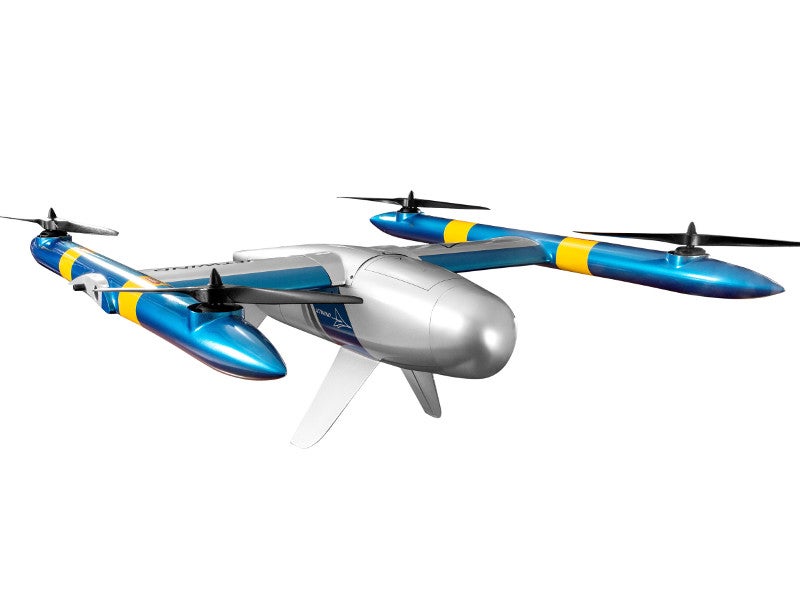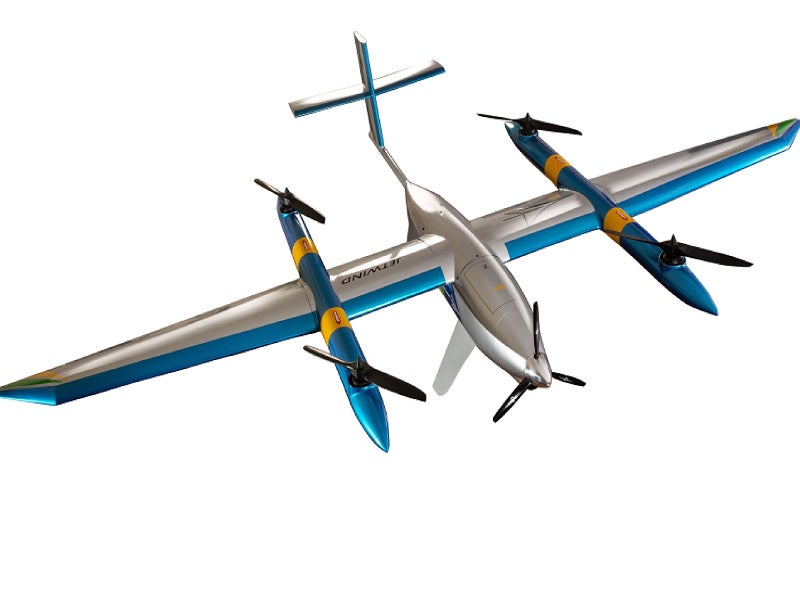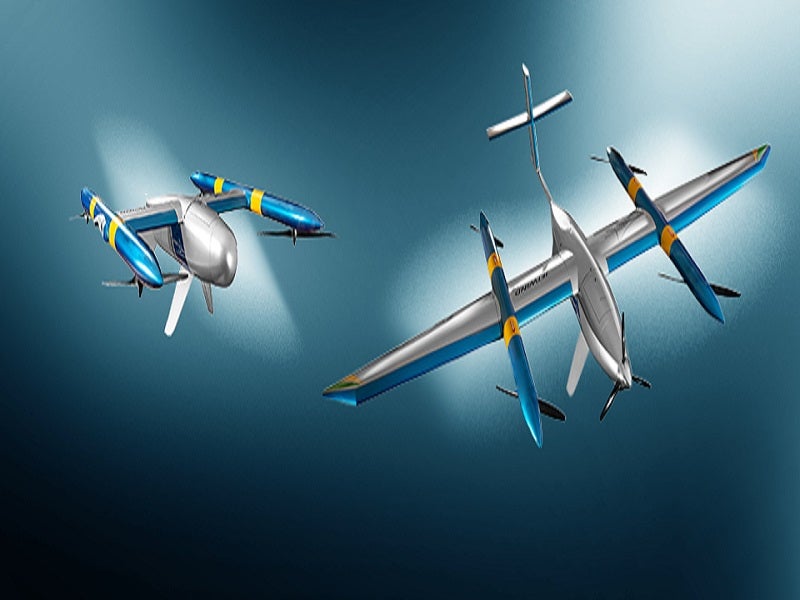RQ-17 ION is an unmanned aerial vehicle (UAV) designed and manufactured by Brazilian company Jetwind Brasil Services and Technologies for military, security, and commercial applications.
Jetwind unveiled the unmanned vehicle at the Latin American defence exhibition LAAD Defence and Security 2019 held in Rio de Janeiro, Brazil, in April 2019.
The unmanned aircraft offers a comprehensive aerial solution to the operators to carry out tactical or strategic missions easily. It is capable of performing intelligence, surveillance, and reconnaissance (ISR) missions, industrial inspection, environmental surveys, aerial imaging, and agricultural monitoring activities for longer duration.
The UAV is also suitable for agricultural purposes such as monitoring crop health and productivity.
Missions that pose considerable risk for manned helicopter and aircraft operations can be performed using the RQ-17 ION. It reduces the expenses involved with the missions and eliminates the possibility of any human error.
Variants
RQ-17 ION is offered in two variants – fixed-wing and quadrotor. The fixed-wing variant can be configured into three different versions, namely F1, F2, and F3. The F1 functions as a basic fixed-wing UAV, while the F2 combines the functions of a fixed-wing UAV and a quadrotor.
The F3 is the most advanced variant with superior functional capability of a fixed-wing UAV, a quadrotor, and a tethered quadrotor.
The Quadrotor variant is available in two configurations namely Quad1 and Quad2. The former operates as a basic quadrotor, whereas the latter combines the functions of both quadrotor and a tethered quadrotor.
RQ-17 ION UAV design and features
JETWIND RQ-17 ION unmanned aircraft encompasses a modular design and is built using advanced manufacturing techniques. The open architecture of the base platform allows for the integration of a wide range of payloads and customisation of the UAV into multiple variants.
The fixed-wing variant features shoulder-mounted main wings, offering a large wingspan of 3.5m. The horizontal stabilisers at the rear end are arranged in cruciform tail configuration.
The fixed-wing variant is equipped with a rotor arm in the middle of each wing with a pair of two-bladed propellers each. The nose section features a three-bladed main rotor.
The quadrotor version integrates a similar design configuration with two rotor arms, featuring a pair of two-bladed propellers each, and is devoid of the wings. Both the variants are fitted with a tri-cycle fixed landing gear under the fuselage.
Length of the unmanned vehicle in fixed-wing configuration is 1.95m, while the length in quadrotor configuration is 1.4m. The maximum take-off weight of the fixed-wing and quadrotor configurations is 16kg and 8.5kg, respectively.
Tethered versions of the drone feature a secure physical link, which allows for manual control of the aircraft.
Payloads and communication
The airframe of the JETWIND RQ-17 allows for the integration of multiple payloads to address mission requirements. The typical payload carrying capacity of all the variants is 1.5kg.
Optical or infrared (IR) and thermal imaging cameras are common payloads in all the variants of the unmanned vehicle.
The F1 and Quad1 variants are additionally equipped with multi-spectral or hyperspectral LiDAR cameras to carry out long-range surveys and inspections.
The fixed-wing variants are capable of supporting beyond visual line-of-sight (BVLOS) operation, while the quadrotor supports visual line-of-sight (VLOS) operation.
Ground control station
Mission planning and operational data will be fed to the UAV from the ground control station (GCS) through a data link. Imagery and video collected by the UAV’s payloads will be processed at the control station.
The GCS and command and control links can be altered based on the end user’s requirement.
JETWIND RQ-17 ION UAV performance details
The fixed-wing variants of the JETWIND RQ-17 ION unmanned vehicle are powered by a combustion tractor engine, while the quadrotor variants are powered by electric motors.
Take-off and landing operations of both the variants are completely automated using vertical take-off and landing (VTOL). The VTOL capability of the UAV is enhanced with the usage of the rotors fitted on the rotor arms perpendicular to the wings.
The maximum endurance offered by the UAV is ten hours, while the maximum range is up to 100km. The UAV can reach a maximum altitude of 1,300m.










